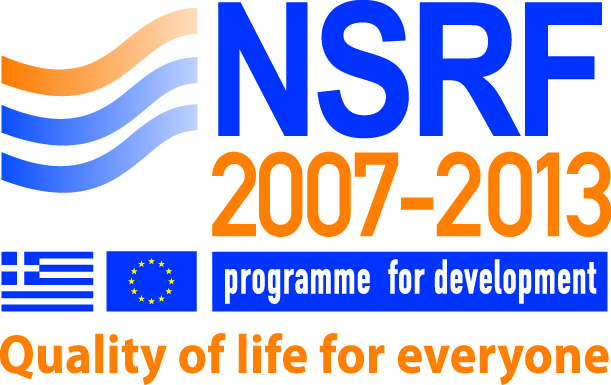Please use this identifier to cite or link to this item:
https://olympias.lib.uoi.gr/jspui/handle/123456789/19026Full metadata record
| DC Field | Value | Language |
|---|---|---|
| dc.contributor.author | Markatseli, T. E. | en |
| dc.contributor.author | Papagoras, C. | en |
| dc.contributor.author | Drosos, A. A. | en |
| dc.date.accessioned | 2015-11-24T18:56:21Z | - |
| dc.date.available | 2015-11-24T18:56:21Z | - |
| dc.identifier.issn | 0392-856X | - |
| dc.identifier.uri | https://olympias.lib.uoi.gr/jspui/handle/123456789/19026 | - |
| dc.rights | Default Licence | - |
| dc.subject | *Arthritis, Rheumatoid/epidemiology/physiopathology/radiography | en |
| dc.subject | *Biological Markers | en |
| dc.subject | Disease Progression | en |
| dc.subject | *Health Status | en |
| dc.subject | Humans | en |
| dc.subject | Prognosis | en |
| dc.subject | Risk Factors | en |
| dc.title | Prognostic factors for erosive rheumatoid arthritis | en |
| heal.type | journalArticle | - |
| heal.type.en | Journal article | en |
| heal.type.el | Άρθρο Περιοδικού | el |
| heal.identifier.secondary | http://www.ncbi.nlm.nih.gov/pubmed/20346251 | - |
| heal.language | en | - |
| heal.access | campus | - |
| heal.recordProvider | Πανεπιστήμιο Ιωαννίνων. Σχολή Επιστημών Υγείας. Τμήμα Ιατρικής | el |
| heal.publicationDate | 2010 | - |
| heal.abstract | The course of rheumatoid arthritis (RA) varies among patients, ranging from a mild disease with a small impact on patient's functional capacity to a severe, erosive and catastrophic disease accompanied by subluxations, deformities and subsequent poor quality of life. In clinical practice, the prediction of the outcome of RA is substantial in terms of making the right therapeutic decision for each patient. Reliable prognostic factors of long-term outcome are needed, so as to distinguish patients prone to severe disease course from patients with a smaller probability of severe structural damage. For the former group early aggressive treatment is required, whereas in the latter group remission may be achieved with less aggressive and potentially less toxic treatments. In the present review, the predictive role of demographic, clinical, laboratory, imaging, immunological and genetic characteristics of RA patients is discussed. | en |
| heal.journalName | Clin Exp Rheumatol | en |
| heal.journalType | peer-reviewed | - |
| heal.fullTextAvailability | TRUE | - |
| Appears in Collections: | Άρθρα σε επιστημονικά περιοδικά ( Ανοικτά) - ΙΑΤ | |
Files in This Item:
There are no files associated with this item.
This item is licensed under a Creative Commons License





